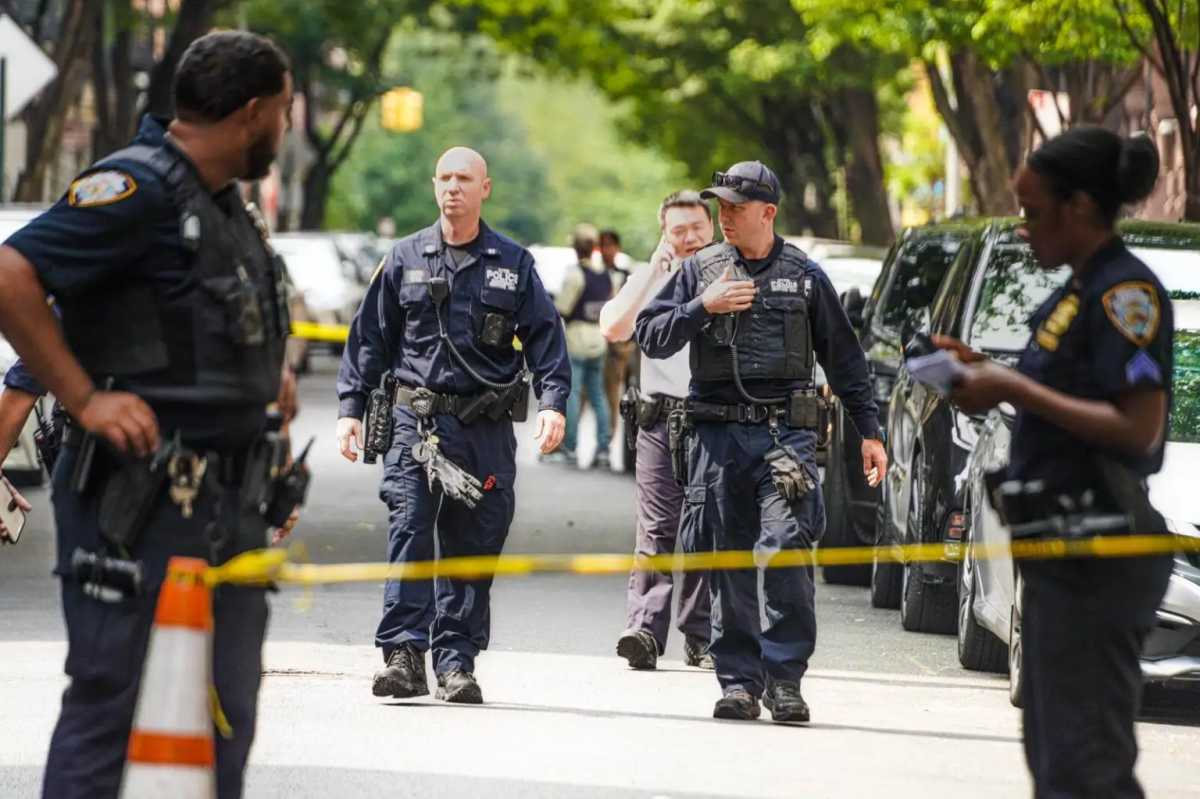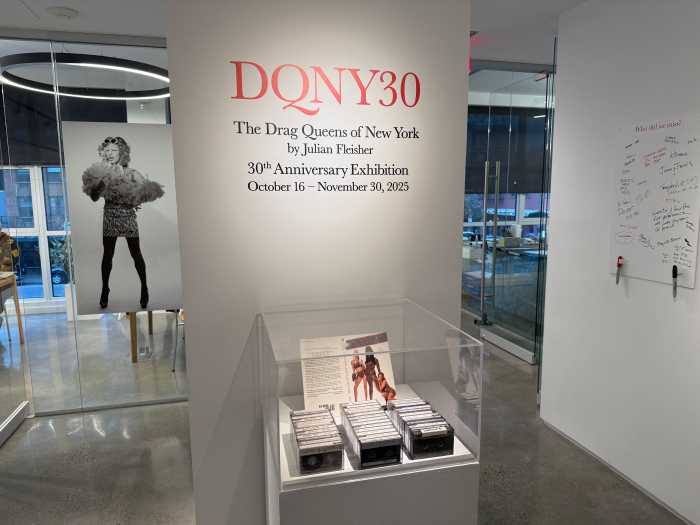City officials said on Sunday that new teams armed with carbon monoxide pumps have entered NYC’s war on rats.
As the city’s fight against the rat community continues, Mayor Eric Adams said during a June 22 press conference in Brooklyn that he will deploy new teams that will use the deadly gas to eliminate the garbage-loving rodents in 600,000 city street tree beds, which are places where rats love to burrow and raise their families.
The strategy builds on a pilot program implemented on the Upper East Side in 2023. Exterminators use a special pump to blow the poisonous fumes into rats’ nests under trees to suffocate and kill the rodents

“Today, we are embarking on a new era of urban pest management,” Adams said Sunday. “Our administration is announcing a $877,000 investment to get rats out of 600,000 street tree beds across the five boroughs.”
As part of the program, 12 new full-time staffers will provide inspections and associated services under the guidance of exterminators and a forester. Right now, street tree beds — some of the most visible parts of NYC that millions of people pass by every day — have no dedicated mitigation or enforcement teams.
“By cleaning up trash and hiring a team of experts to clear out burrows while caring for our trees, we are reclaiming public space, fighting rats, and improving quality of life for all New Yorkers,” Adams added. “Our administration continues to build on the work we are doing to end the dominance of trash and rats on our streets.”

Responding to 311 complaints
Kathy Corradi, NYC’s director of rodent mitigation, said the strategy will improve New Yorkers’ quality of life.
“Rats have historically exploited street tree beds as they sit at the cross-section of the private and public realm and are adjacent to food sources and travel pathways,” she said. “Along with the tremendous efforts to clean our curbs and educate property owners, the street tree bed rat mitigation program deepens the Adams administration’s commitment to creating a cleaner and pest-free New York City.”
According to city officials, tackling the city’s rat problem is data-driven. They explained that in 2024, street tree beds garnered over 2,300 rat-related 311 complaints. Over the past six months, however, 311 complaints of rodent sightings have decreased, which city officials have credited in part to initiatives such as fully containerized trash in Empire Bins in West Harlem.
Iris Rodriguez-Rosa, the city’s new parks commissioner, said the program’s investment will help protect communities.
“For too long, rats in street tree beds have gone unaddressed—undermining the hard work of both city agencies and local communities,” Rodriguez-Rosa said. “With this new investment, we’re closing that gap. By combining science-based, non-toxic approaches with dedicated staff, we’re protecting our trees, our neighborhoods, and our quality of life.”

Rats are highly intelligent animals who can adapt well to new threats. They have even learned to avoid bait traps.
According to many exterminators, the carbon monoxide method is a “swift and humane” way to eliminate rats, even making the critters feel as if they are falling asleep.
“Rodents, highly sensitive to changes in oxygen concentration, struggle to survive in the presence of elevated gas levels,” according to the extermination company My Pest Pros. “By delivering carbon monoxide directly into burrows, this method ensures a swift and humane reduction in rodent populations, without causing undue harm to non-target species. Some people have compared the use of carbon monoxide to working the way anesthesia does during surgery, putting rodents to sleep.”
However, the method is not without concerns.
Amanda Lullo, a squirrel and small animal rescuer on Staten Island, said the strategy is cruel, and rat control should start with changes in human behavior, not by killing animals.
“The problem is garbage in the streets, not the rats,” she said. “People have to stop throwing their food and garbage on the streets. Rats serve a purpose in the ecosystem, too.”






































